Buying a used car can help you save money, but it also comes with risks. The car may look good from the outside, but there could be hidden problems inside. That is why a used car inspection is very important before you make the final decision.
In this guide, we will explain what to check when inspecting a used car. We will break it down into easy steps so that even if you are not a car expert, you will know what to look for.
Why Is a Used Car Inspection Important?
Helps You Avoid Buying a Bad Car
A car might look clean and shiny, but that does not always mean it’s in good condition. The inspection helps you find hidden problems like engine issues, brake problems, or water damage.
Saves You Money in the Long Run
Finding issues early can save you from expensive repairs later. It’s better to spend some time and money on an inspection than to buy a car with serious problems.
Gives You Peace of Mind
Once you have inspected the car or hired a professional to do it, you can feel more confident about your purchase.
Who Can Do the Inspection?
You Can Inspect the Car Yourself
If you have some basic knowledge of cars, you can do a simple check on your own. This includes checking the tires, lights, engine, and body.
Hire a Professional Inspector
If you’re not sure what to look for, it’s a good idea to hire a certified mechanic or a professional car inspection service. They know how to spot problems you might miss.
What to Check During a Used Car Inspection
Let’s go through all the important parts of the car that you should check during the inspection.
NOTE: Don’t leave your car purchase to chance. Whether you’re buying from a dealer or a private seller, a proper used car inspection Dubai can save you from costly mistakes. Our expert inspectors will check every detail to make sure your next car is safe, reliable, and worth the price.
1. Exterior Condition of the Car
Check the Body for Rust, Dents, and Scratches
Walk around the car and look closely at the body. Check for:
- Scratches or dents
- Rust spots, especially near the wheels and lower part of the doors
- Paint that looks uneven (which may mean the car was repaired after an accident)
Check the Windows and Windshield
Make sure all windows are not cracked or chipped. Small cracks in the windshield can grow and become dangerous later.
Check the Tires
Look at all four tires and also the spare tire:
- Are they worn out?
- Do they have enough tread?
- Are all tires the same brand and size?
Uneven tire wear can mean problems with alignment or suspension.
2. Interior Condition of the Car
Check the Seats and Upholstery
Are the seats clean and in good condition? Look for:
- Tears or stains in the fabric
- Leather cracks if the car has leather seats
Try All the Controls
Test everything on the dashboard:
- Air conditioning and heater
- Lights and indicators
- Windshield wipers
- Radio and speakers
- Power windows and seat adjustments
Smell the Inside
If the car smells like mold or mildew, it may have a water leak or water damage.

3. Under the Hood – Engine and Fluids
Even if you are not a mechanic, there are a few things you can check under the hood.
Check for Leaks
Look under the car for any signs of oil or fluid leaks.
Check the Engine Oil
Take out the oil dipstick, wipe it clean, put it back in, and then check the level and color of the oil. Clean oil should be golden or brown, not black or dirty.
Check Other Fluids
- Brake fluid should be clear or light brown.
- Transmission fluid should be pink or red.
- Coolant should be green, orange, or yellow and not rusty or dirty.
Look at the Battery
Check if the battery terminals have any corrosion (white powdery stuff). Also check the age of the battery.
4. Mileage and Service History
Check the Odometer
This shows how many kilometers or miles the car has traveled. Lower mileage often means less wear and tear, but not always.
Ask for Service Records
A well-maintained car should have service history:
- Regular oil changes
- Brake checks
- Tire rotations
- Any major repairs
A car without service records could be a red flag.
5. Check for Signs of an Accident
Look for Paint Differences
If part of the car has a different paint color or texture, it may have been in an accident and repainted.
Gaps Between Panels
Check the gaps between doors, hood, and trunk. Uneven gaps can mean the car was in a crash and not properly fixed.
Ask About Accident History
Ask the seller directly. If possible, get a car history report using the car’s VIN (Vehicle Identification Number).
6. Test Drive the Car
This is one of the most important parts of the inspection. Always take the car for a test drive.
What to Do During the Test Drive:
- Drive in city traffic and on the highway if possible
- Listen for any strange sounds
- Test the brakes – they should be smooth and not make noise
- Check the steering – it should not shake or feel loose
- Make sure the car changes gears smoothly (for both automatic and manual)
- Try parking to test visibility and turning radius
7. Check the Vehicle Documents
Make sure all the papers are in order before making a deal.
Important Documents to Check:
- Registration card (original, not photocopy)
- Insurance documents
- Service and repair history
- Pollution control certificate (if needed)
- Loan or finance status (the car should not have unpaid loans)
Match the VIN
Make sure the Vehicle Identification Number (VIN) on the car matches the one on the documents.
8. Signs That You Should Walk Away
Sometimes, it’s better not to buy the car. Here are some red flags:
- The seller avoids your questions
- The car has no service history
- There are signs of tampering with the odometer
- You see signs of serious damage or flood repair
- You feel unsure after the test drive
It’s okay to say no and look for another car. A little patience can save you from a big problem later.
Extra Tip: Bring a Friend Along
If you are not confident or if it’s your first time buying a used car, take a friend or family member with you. Two pairs of eyes are better than one.
Should You Buy the Car After the Inspection?
Once you have completed the inspection and test drive, you should have a good idea of the car’s condition.
If Everything Looks Good:
- Negotiate the price if needed
- Make sure the documents are clear
- Close the deal only after everything is confirmed
If You Found Problems:
- Ask the seller to fix them before buying
- Negotiate a lower price if you are okay fixing the issues yourself
- Walk away if the problems are too serious
Final Thoughts
Buying a used car is a smart decision if done carefully. A proper inspection helps you avoid hidden problems and gives you confidence in your purchase. Whether you do the inspection yourself or get help from a professional, it’s always worth the effort.
Don’t rush the process. Take your time, check every detail, and only buy when you’re 100% sure. A little caution now can save you a lot of money and stress in the future.
For more insightful articles related to this topic, feel free to visit viewsparrow
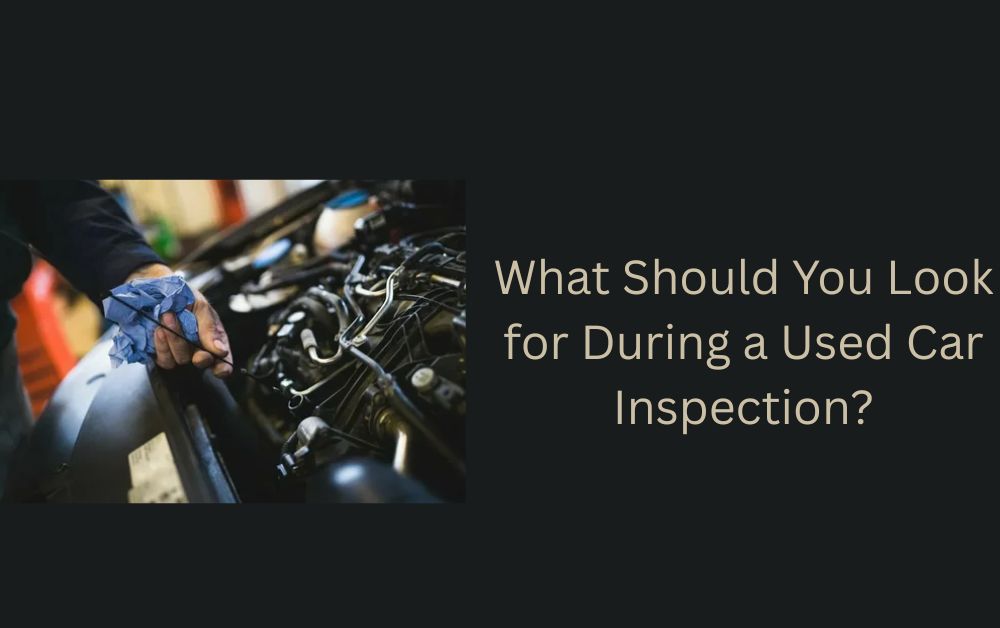

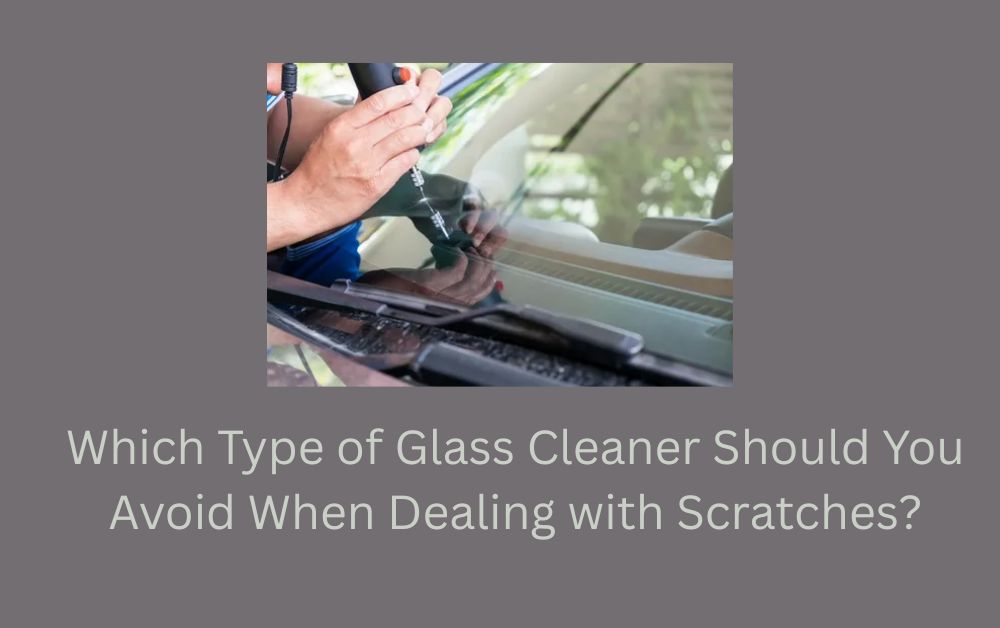
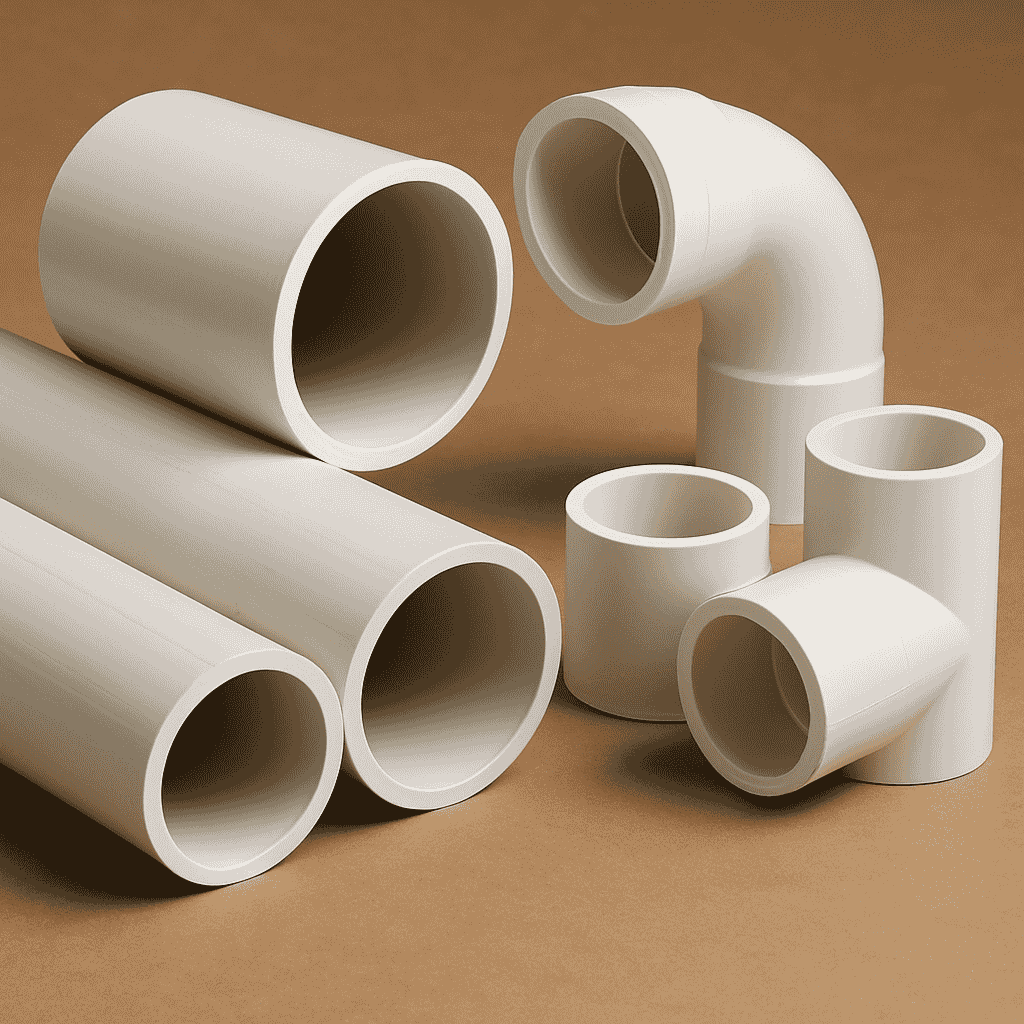


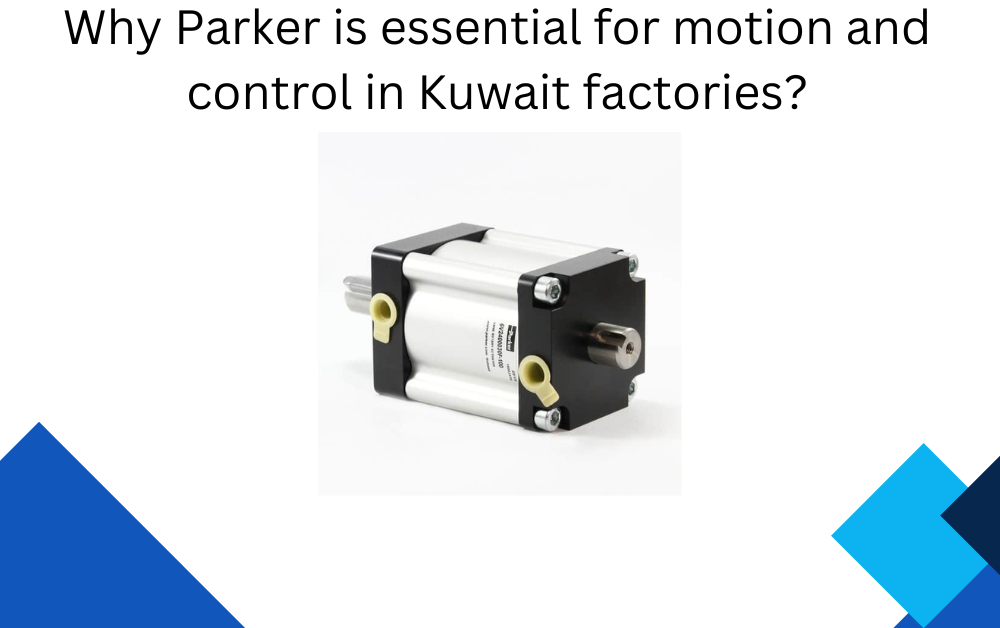




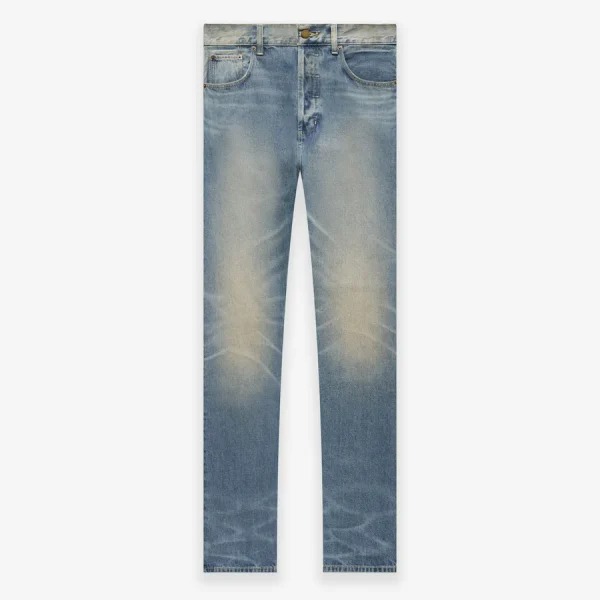
Leave a Reply